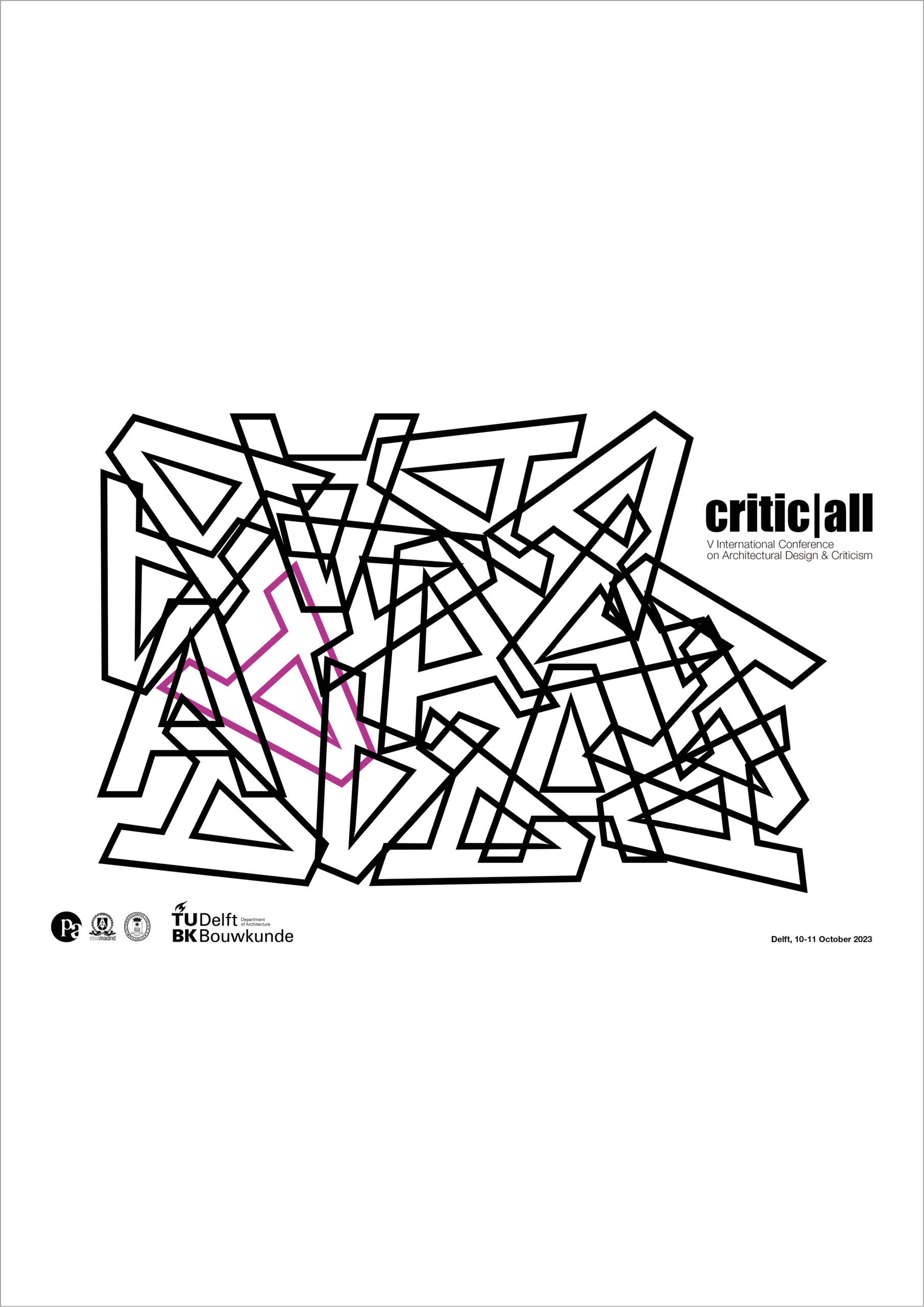
Kouvari, Maria, and Regine Hess. 2023. “Transtemporal: Unlocking Time in the Architectural Discourse.” In Critic|all: V International Conference on Architecture Design & Criticism. Digital Proceedings, edited by Roberto Cavallo, Silvia Comenares, Sergio Martín Blas, Elena Martínez-Millana, and Nelson Mota, 173–82. Delft: critic|all PRESS + Departamento de Proyectos Arquitectónicos (ETSAM-UPM).
The conceptualization of time today appears relatively weak in design-led branches of the architectural discourse, dominated by the distinction between diachrony and synchrony, and thus locked in two axes whose entanglement is sometimes overlooked: one highlighting continuity across time (structure), the other situating it in a specific context (event). In opposition, architectural theory since the 1980s has developed a dialectical, non-essential understanding of structure and event, space and time, or ground and figure, mainly in discussion with French linguists and structuralists. In view of architecture’s shift towards the engagement with the existing building stock and an ever-expanding definition of heritage, this paper posits the onset of the term transtemporal, which refers to the conjuncture of preservation, memory, and time scales in the architectural discourse. Built heritage can therefore be perceived as a possible bearer of the dialectic expressed in the linguistic concept of the synchronic and the diachronic, e.g., the present object as a container of the future of the past (Eisenman 1995, 504). The attempt to rethink the synchronic and the diachronic under the premise of the “transtemporal” is found upon two sets of reflections: first, the ongoing quest for methodologies based on “inter-crossing” (Werner, and Zimmermann, 2006), witnessed by the rise of research on transnational and transcultural phenomena and the claim for transdisciplinary, and second, the until recent emergence of oxymora, such as “the past as resource,” “archive of the future,” and “future monuments,” highlighting the need to revisit temporal interrelations from the disciplinary vantage of architecture. The methodological approach combines literature on the conception of time in the fields of both architecture and preservation from the first half of the 20th century (Riegl, 1903; Giedion, 1941), focusing particularly on transtemporal perspectives from the humanities, and social sciences, where the term became fruitful (Serres, and Latour 1995; Armitage, 2012). Engaging with the concept of “multiple temporalities” (Jordheim, 2012), our objective is to enable an understanding of the multitemporal structures of the built environment. A transtemporal approach invites us to revisit the modern dichotomy of past and future and rethink the composition of temporalities by means of values and experience, pointing toward the ongoing debate on sustainability and the reenactment of the existing building stock.